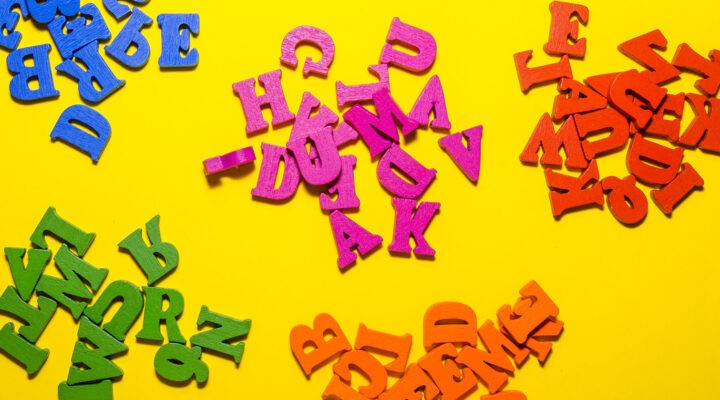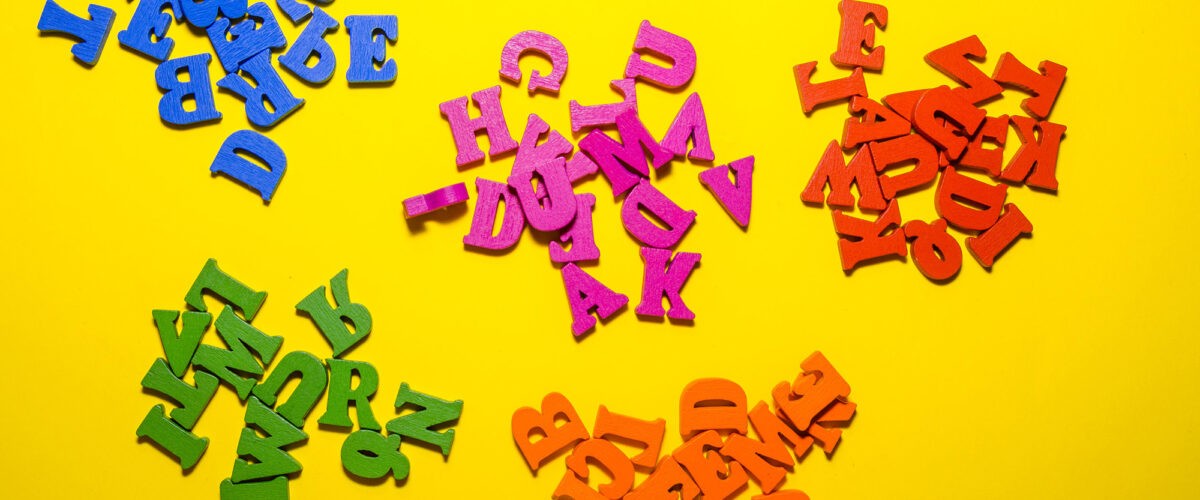Back in the 1970s, church growth experts fell in love with the “homogenous unit principle.”
“People like to become Christians,” Donald McGavran noted, “without crossing racial, linguistic or class barriers.”
The pushback was immediate. If the gospel is all about reconciling polar opposites, critics charged, should we be celebrating our silos? As John Stott argued, “the more mixed the congregation is, especially in ‘class’ and ‘color,’ the greater its opportunity to demonstrate the power of Christ.”
This old debate sprang to mind this week as I agonized over the polarized state of America. Religious and political conversation is retreating into mutually antagonistic camps. We don’t simply disagree with the opposing camp; we despise everything it stands for. If you’re on social media, you know what I mean.
“Most likely, you attend a congregation that is so internally divided that your pastor avoids even casual references to politics for fear of sparking a rumble in the pews.”
One culture war army loves the loser of the 2020 presidential election; the other side detests him. Lamentably, the fight has spilled into the religious realm. There are pro-Trump churches and Never Trump churches. Most likely, you attend a congregation that is so internally divided that your pastor avoids even casual references to politics for fear of sparking a rumble in the pews.
At root a white fight
At heart, though, the culture war is a white fight. Ask a white person how they feel about abortion or gay rights, and you can usually guess the rest with alarming accuracy. Move outside the world of whites, however, and these questions lose their predictive power. This is because what I will call the politics of white grievance is driving the national debate. Sure, some people on the conservative side of the political spectrum still care about free trade, fiscal restraint, tax cuts and maintaining a strong military. But a significant portion of the conservative world now identifies as Never Trump Republicans because, they concluded, the Republican base is aflame with racial resentment.
The true condition of American politics snaps into focus when we compare white and non-white voting patterns. Within the white electorate, Trump beat Clinton by 15 percentage points and Biden by 12. In 2016, 79% of evangelicals proudly voted for the Republican candidate. In 2020, it was 84%.
But Trump was the favorite of white Christians regardless of religious affiliation. Solid majorities of white Catholics and white non-evangelical Protestants signed up for the MAGA revolution in 2016 and didn’t budge much in 2020. By contrast, the religiously unaffiliated, agnostics and convinced atheists tend to be politically liberal.
Within the white electorate, religious piety correlates roughly with conservative politics.
Outside the white Christian bubble
Step outside the white Christian bubble, however, and this generalization crumbles. Muslim voters favored Biden by more than 30 points. Significantly, Muslims who identify as “white” split their votes evenly between the two major parties.
Jewish voters also broke for Biden by 71%, the only exception being Orthodox Jews, who appreciate Republican support for Israel. The famous generation gap in the American electorate doesn’t exist within the Jewish electorate.
Similarly, 72% of Asian Indians (mostly Hindu) supported the Democratic candidate in 2020, as did 70% of American Buddhists. This is similar to the 72% of Hispanics and 92% of African Americans who voiced a lusty “no” to the MAGA revolution.
“The appeal of Donald Trump, in other words, is a white Christian phenomenon.”
The appeal of Donald Trump, in other words, is a white Christian phenomenon. It makes little difference whether it goes by the name MAGA, white supremacy, white Christian nationalism, white ethno-nationalism, the politics of white grievance or simple white racial resentment. There is a coalition of those who willingly bend the knee to Trump, and there is a coalition of the unwilling who comprise those who won’t. Nationally, as the last general election demonstrated, the coalition of the unwilling holds a slight advantage. But in large swaths of America — particularly in the Midwest and the South — the MAGA revolution carries all before it.
The power of the MAGA movement is explained by the homogenous unit principle. The composition is simple: conservative white folks. At Trump rallies, non-white faces are conspicuous by their absence. Because it is essentially a symptom of white grievance, MAGA politics is limited to white-dominated spaces.
The coalition of the unwilling
In contrast to MAGA homogeneity, the coalition of the unwilling is a mosaic of diverse cultures. The only unifying factor is a shared aversion for white supremacy. We have atheists and agnostics, Never-Trump Republicans and progressive evangelicals, centrists and democratic socialists, Blacks and Hispanics, Pentecostals and Catholics, Jews and Muslims, Buddhists and Hindus. I’ll stop there, but the list keeps going.
McGavran was right: People like to become Christians without crossing racial, linguistic and class barriers. In fact, people like to do just about everything in homogeneous spaces. Boundary-crossing is awkward. It creates cognitive dissonance, confusion and paranoia. Anyone who has ever worked across pronounced social boundaries knows what I’m talking about.
The greatest enemy of the coalition of the unwilling is its complexity. The canons of white supremacy are rooted in human nature. Tears for Fears had it right back in 1984: Everybody really does want to rule the world. To be precise, we want our tribe to rule the world. White people are only distinguished by the fact that, for the past five centuries, we really have dominated human affairs.
“To dwell in a clan is to sense, deep in your bones, that all would be well if your kind were in charge.”
To dwell in a clan is to sense, deep in your bones, that all would be well if your kind were in charge. White people, because they are in charge, sense that everything will fall apart if we lose control of the game. No one is immune. Atheists imagine that all would be well if religion simply disappeared. Democratic socialists long for a post-capitalist world. Christian fundamentalists await the rapture. These are fantasies of dominance and hegemony. It’s how we’re wired.
A fragile foundation
Because this is so, the coalition of the unwilling rests on a fragile foundation. The ideological, racial and religious communities resisting MAGA domination fantasies regard one another with a suspicion born of mutual ignorance. We may vote for the same candidates, but we conceive the world in radically different ways.
Sure enough, white grievance fuels toxic politics and idolatrous religion. Unfortunately, the coalition of the unwilling seems incapable of framing a coherent alternative. Or — what amounts to the same thing — we have produced dozens of conflicting alternatives. Because we seldom talk to one another, we don’t realize how ideologically chaotic the coalition of the unwilling really is.
This won’t change until white liberals grasp their minority status within the coalition. America is no longer a white nation. In 1910, non-Hispanic whites comprised 88.1% of the American population. In 1940, thanks to restrictive immigration laws, the nation was 88.3% white. But by 2000, the white population had fallen to 69.1% and now stands at 58.8%. In 2019, more than half the nation’s under-18 population was non-white. By 2045, it is estimated, the white population will fall below 50%.
“No wonder the politics of white grievance is such a hot ticket. The days of white supremacy are numbered.”
No wonder the politics of white grievance is such a hot ticket. The days of white supremacy are numbered.
White people — liberal, moderate and conservative — still dominate public affairs because we control most of the money. In 2017, 15.2% of white Americans had more than $1 million in assets compared to 2.3% of Hispanics and 1.9% of Blacks. Of the 745 billionaires in the United States, only seven are Black.
The wealth gap between whites and people of color is huge and growing. As a consequence, white-dominated institutions have the ability, and hence, the responsibility, to foster difficult conversation within the coalition of the unwilling.
The trick is to get white liberals (secular and religious) to sponsor conversations they don’t dominate. A rough consensus can emerge within the coalition of the willing, but only if us white folks shut up and listen.

Alan Bean
Alan Bean serves as executive director of Friends of Justice, an alliance of community members that advocates for criminal justice reform. He lives in Arlington, Texas.
Related articles:
It’s past time to admit the hard truths behind the Capitol riots | Opinion by Wendell Griffen
One simple way to tell real persecution from persecution complex (and why we have to get this right) | Opinion by Corey Fields
What does the rise of the ‘nones’ have to do with the future of the Republican Party?


